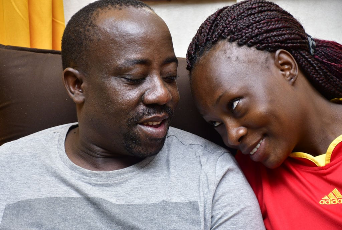By Simon Mburu
The days when roles and responsibilities in relationships and marriages were defined based on gender are long gone. Today, couples have the freedom to allocate each other roles and responsibilities based on their strengths and abilities.
The hot potato
Certain dictates from the patriarchal nature of the society will pop up from time to time. These may range from who cooks and does household chores to who will pay the rent.
“There are parties who feel that certain roles should and must be constrained to specific genders. They strictly follow the traditional, often unspoken, recognition of division of labour between men and women,” says family therapist Lawrence Kibiru.
For example, there are men who will never do laundry or enter the kitchen because that is traditionally seen as a woman’s area. There are also women who will never buy salt at home because they believe it is the man’s job to provide.
The 50-50 split
Dr Chris Hart, a psychologist, and author of Single & Searching, says there is never a complete fifty-fifty split on responsibilities.
“There will be times when one of you will have to give 100 percent because the other cannot give anything. In healthy relationships, couples care so much for one another that it is difficult to say who is doing more for the other or the relationship,” he says.
You must, nevertheless, learn not to complain or get evasive when it is your turn to do more.
How you communicate
Communication will be at the centre of how you share responsibilities in your relationship.
“Healthy communication will help identify how your partner is wired, his background, and perception of roles. It will also help you get a handle on what each of you is better at, what each of you can handle, and what you can team up on,” says psychologist and family therapist Lucia Oloo. This is echoed by Jennie Karina, a psychologist and the author of Marriages Built to Last. Click to read more…










